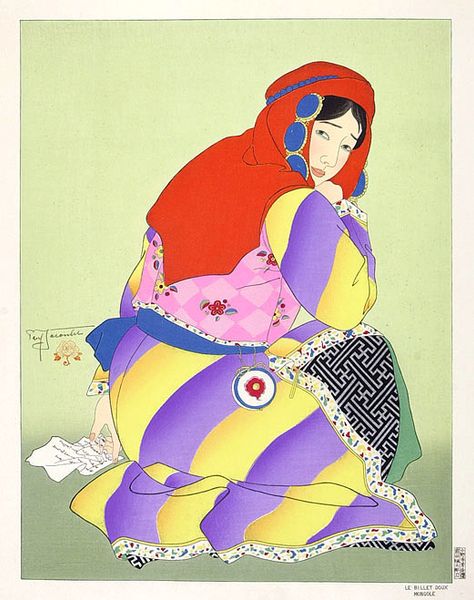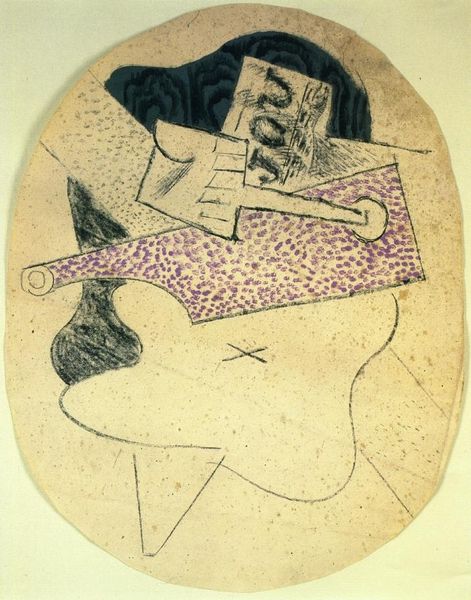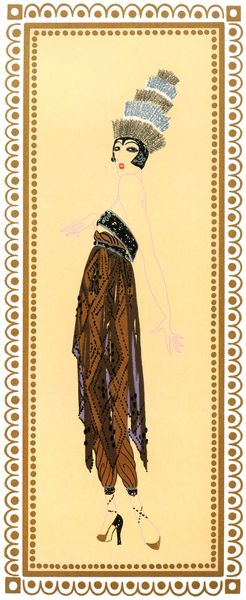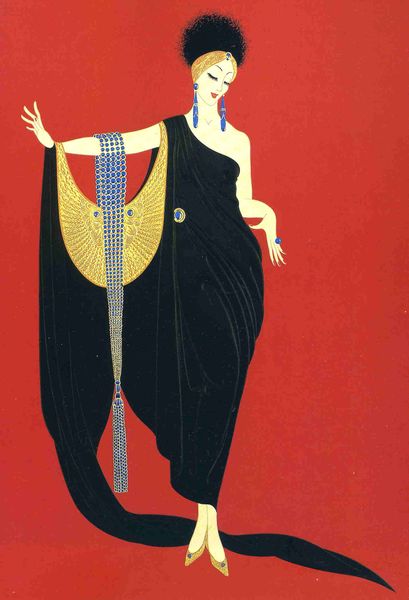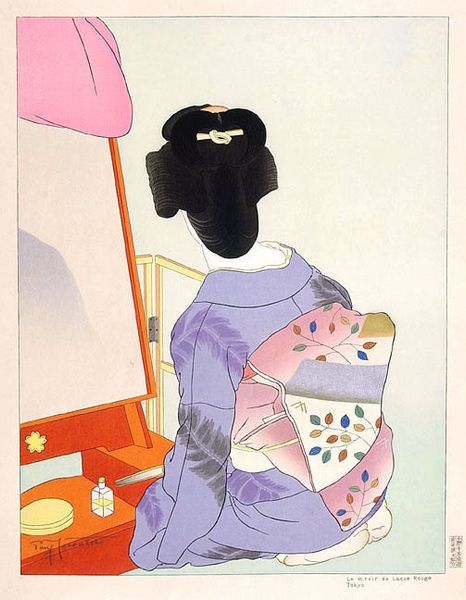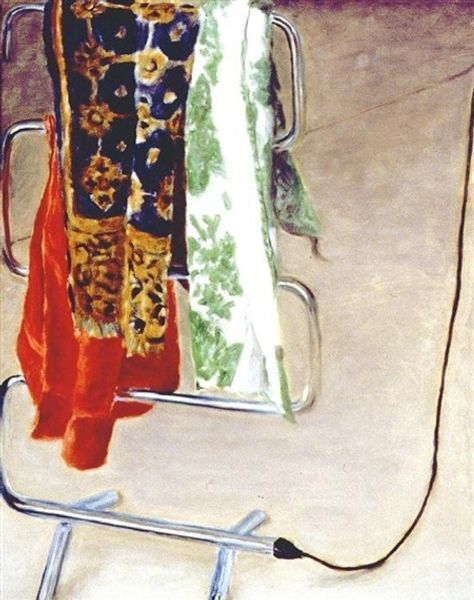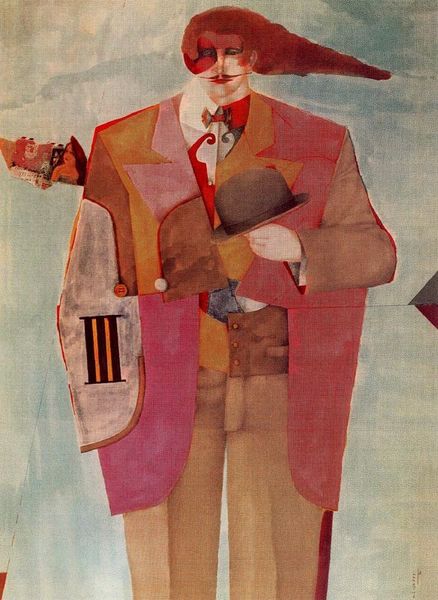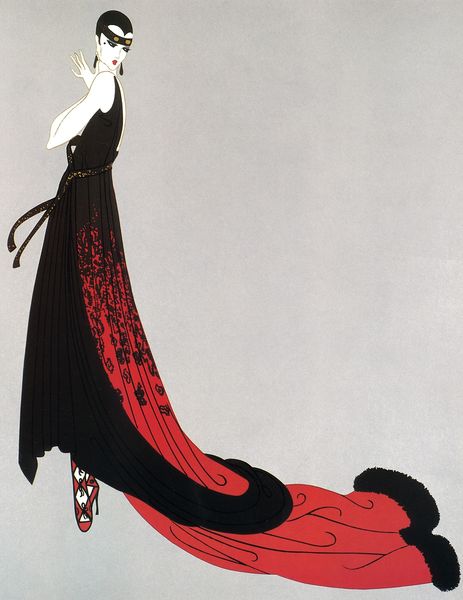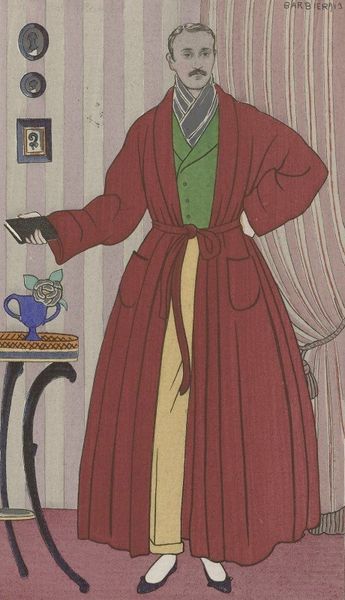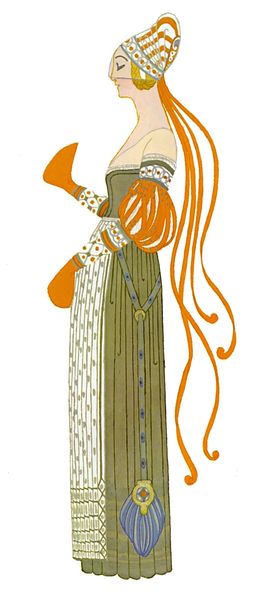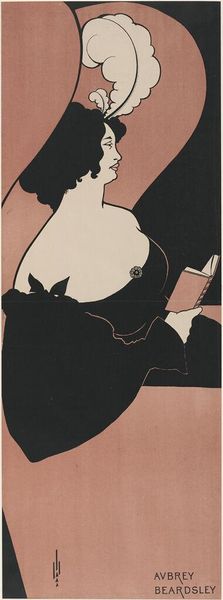
tempera, painting
#
portrait
#
art-nouveau
#
tempera
#
painting
#
caricature
#
pop art
#
sketch
#
costume
#
symbolism
Copyright: Public domain
Editor: Here we have Léon Bakst's "Le martyre de Saint Sebastien Ida Rubinstein as St. Sebastian," created around 1911, using tempera. I'm struck by how much this feels like costume design—the shapes are so bold and graphic. How would you interpret this work? Curator: That’s a perceptive observation. Bakst, as a scenographer, designed sets and costumes for the Ballets Russes. This isn't just a portrait, it's a document of a particular performance culture and, more broadly, the sensational era of celebrity at the turn of the century. Rubinstein’s persona itself became a form of public art. What does her somewhat androgynous presentation suggest to you? Editor: It seems like it's playing with gender roles. I wouldn’t have known it was St. Sebastian if I hadn't read the title! Curator: Exactly! Bakst uses symbolism, connected to the stage. Rubinstein wasn't simply acting as Saint Sebastian; her presence embodied certain societal ideas and perceptions. We must ask ourselves: who was Sebastian for a society living through wars, revolutions and the ‘new woman’? Editor: So, the artwork also acted like a social commentary? Curator: Indeed. Its enduring appeal lies not only in its artistry but also in its function as a social document, offering insights into both performance and contemporary debates regarding identity and sexuality. Do you notice elements connected with fashion prints in magazines from that era? Editor: Yes, I can see the stylization now. It almost flattens the figure into a paper doll. That changes how I view it entirely. Thank you for clarifying this context for me. Curator: My pleasure. Reflecting on Bakst’s influences shows how art, theater, and celebrity culture intertwined to reflect shifting cultural values.
Comments
No comments
Be the first to comment and join the conversation on the ultimate creative platform.

